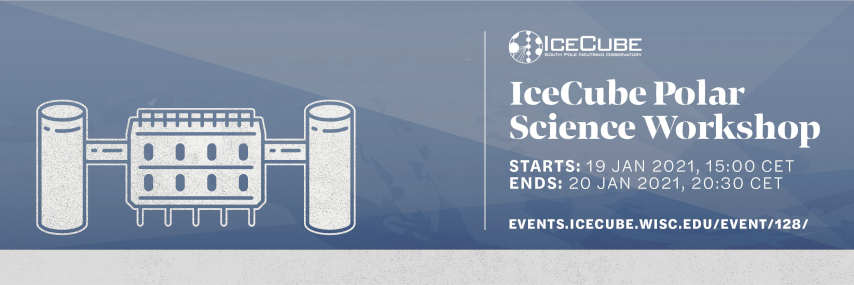Speaker
Description
Ice boreholes have been shown to be stable for several decades, if filled with a non-freezing fluid that has the same density as ice. This enables repeated observations and occupations by instrumented probes, making long time-series measurements possible. We recently learned that Gen-2 is exploring the possibility of such a long-term access hole for calibration purposes.
Our new Rapid Access Ice Drill (RAID) could make such a hole in 2-4 days at South Pole, producing only ice chips (no ice core) and having a borehole diameter of 89 mm. However,
the drill is designed for speed, not for making perfectly-vertical boreholes, so the hole may deviate from the vertical by up to 10 degrees. The stabilizing fluid would be Estisol-140, which
has nearly the exact same density as ice at South Pole temperature, and would be expected to keep the borehole open for use for several decades

